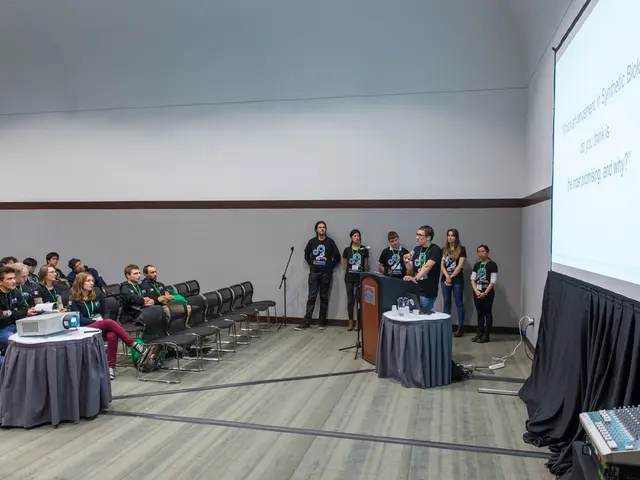Cybersecurity Experts Urge Better Patch Management to Combat Growing Threats
Cybersecurity experts are calling for improved patch management strategies to tackle the escalating threat landscape. Delays in patch deployment, rising vulnerabilities, and the rapid weaponization of exploits are among the key challenges faced by businesses today.
The primary hurdle in efficient patch management is the time-consuming approval process. Thorough testing, creating device lists, and ensuring compatibility can lead to significant delays between patch availability and deployment. The complexity of managing different operating systems and devices further exacerbates this issue.
The urgency for better patch management is underscored by the alarming increase in ransomware attacks and zero-day exploits. In 2021, ransomware attacks surged more than the last five years combined, and zero-day exploits doubled from the previous year. Moreover, the weaponization of exploits has accelerated in speed and quantity, leaving IT resources struggling to keep pace with the disclosure and exploitation of new vulnerabilities.
To mitigate these risks, businesses must prioritize vulnerabilities and patches based on specific business, industry, or IT environment risks. Patching a vulnerability may require deploying a patch, making a configuration change, or both, introducing operational risk. Collaboration between cybersecurity and IT teams is crucial to minimize exposure time and improve overall risk posture. However, many enterprises still struggle to manage cyber risks effectively.
To enhance patch management efficiency, businesses should adopt a risk-based approach, foster better alignment between cybersecurity and IT teams, and embrace automation and flexibility. By doing so, they can effectively navigate the growing cybersecurity attack surface and mitigate the escalating threats posed by rising vulnerabilities and exploits.






